Diving & Flying – be cautious !
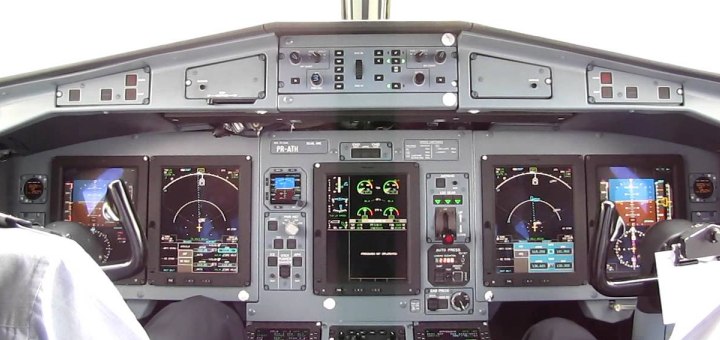
Diving & Flying do not match. After 2 dives down to 25 meters maximum, you must not fly during the next 18 hours. This safety note is known by every diver.
The Diving part of Diving & Flying
At sea level, the air that surrounds us presses down on our bodies at 14.5 pounds per square inch. The deeper you dive, the greater the pressure of the water pushing down on you. For every 33 feet (10.06 meters) you go down, the pressure increases by 14.5 psi. At 66 feet (20.12 meters) you already have a pressure of 43.5 psi or about 3.02 bar.
PADI clearly states:
Flying after Diving Recommendations For Dives within the No-Decompression Limits
- Single Dives: A minimum preflight surface interval of 12 hours is suggested.
- Repetitive Dives and/or Multi-Day Dives: A minimum preflight surface interval of 18 hours is suggested.
Decompression sickness (DCS; also known as divers’ disease, the bends or caisson disease) describes a condition arising from dissolved gases coming out of solution into bubbles inside the body on depressurisation. DCS most commonly refers to problems arising from underwater diving decompression (i.e., during ascent), but may be experienced in other depressurisation events like flying at high altitude.
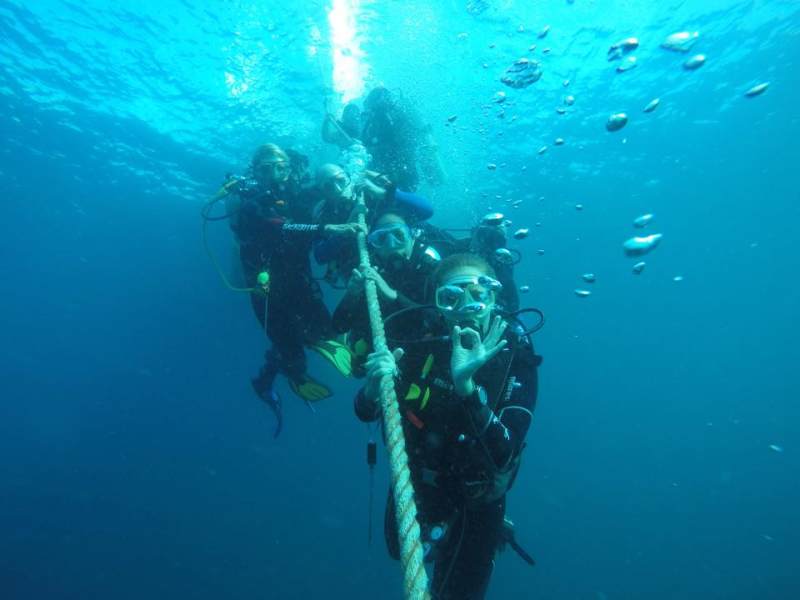
Photo courtesy of Kaisa Kapanen / Camiguin Action Geckos
The Flying part of Diving & Flying
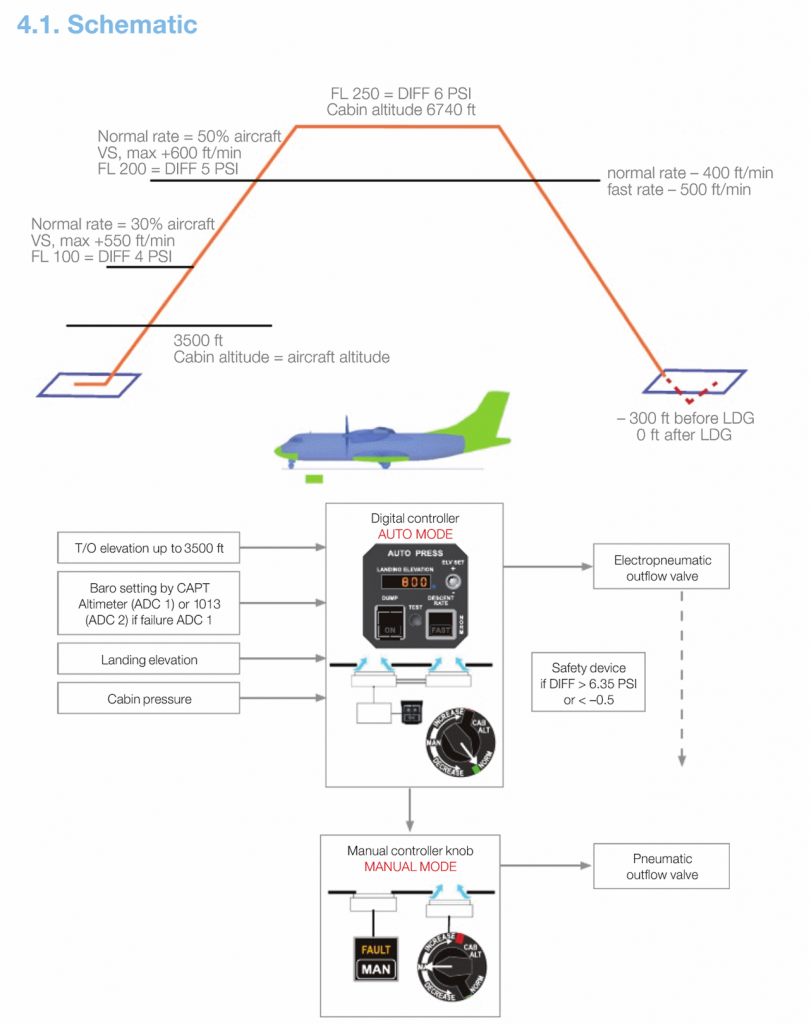
Schematic courtesy of atraircraft.com accompanied by our thanks to “Dino in HKG”.
This means that during this short flight you do not have the standard 14.5 psi air pressure on sea level, but only about 10 psi. This small difference makes of your 20 meter / 66 feet a deeper dive of 23 meters or 75 feet, if you flew immediately.
Conclusion
There is no danger! But if you had been deeper down (e.g. 40 meters / 131 feet, then you should not fly within the next 18 hours.
Fortunately for the divers, the flight schedule is awfully early in the morning. The plane leaves Cebu at 06:10 a.m. The return flight from Camiguin takes off at 07:20 a.m. So you can safely dive until noon or even until early afternoon the day before flying. We do not recommend night diving the day before flying.
There is no problem to dive just after arrival. The short flight isn’t exhausting.
For the diving aviation enthusiasts the cockpit of the ATR72-500:
[GARD]


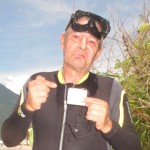





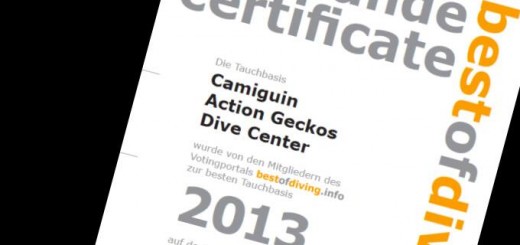
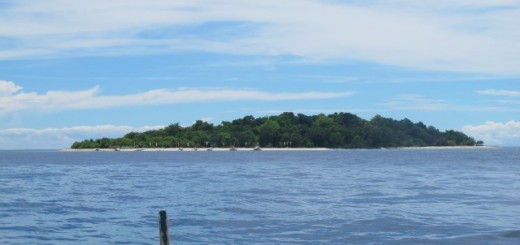

Recent Comments